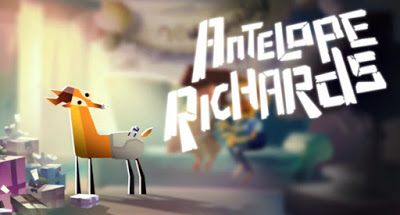
TAAFI features an impressive lineup of local and international feature and short form animated works. Gary Ye's Antelope Richards (TYS2014) will be playing as part of their student shorts program. Their opening night film is the Canadian-Korean co-production, Spark, and will feature an introduction and follow up Q&A with director Aaron Woodley.
Being such great friends of Toronto Youth Shorts, TAAFI has offered us a discounted rate for their events. Use promo code FRIENDofTAAFI for 15% off on passes. Visit the TAAFI website for more information.
-Henry


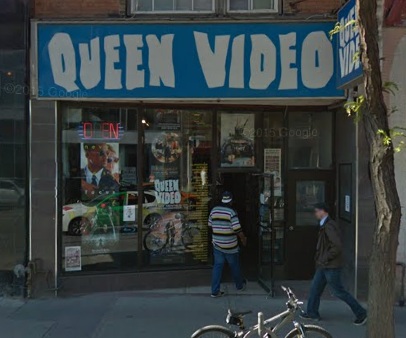
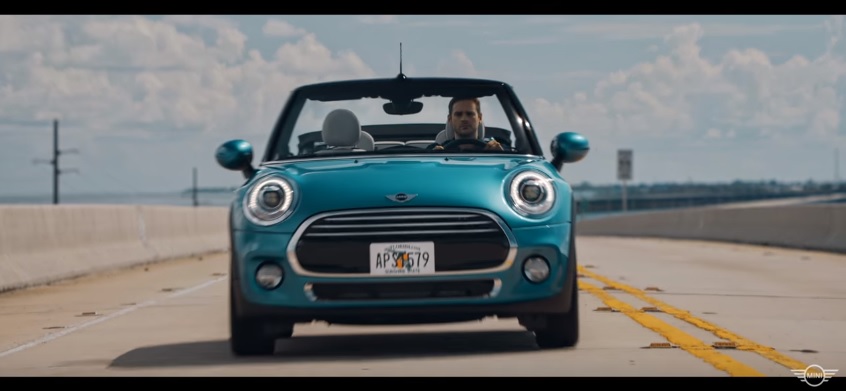
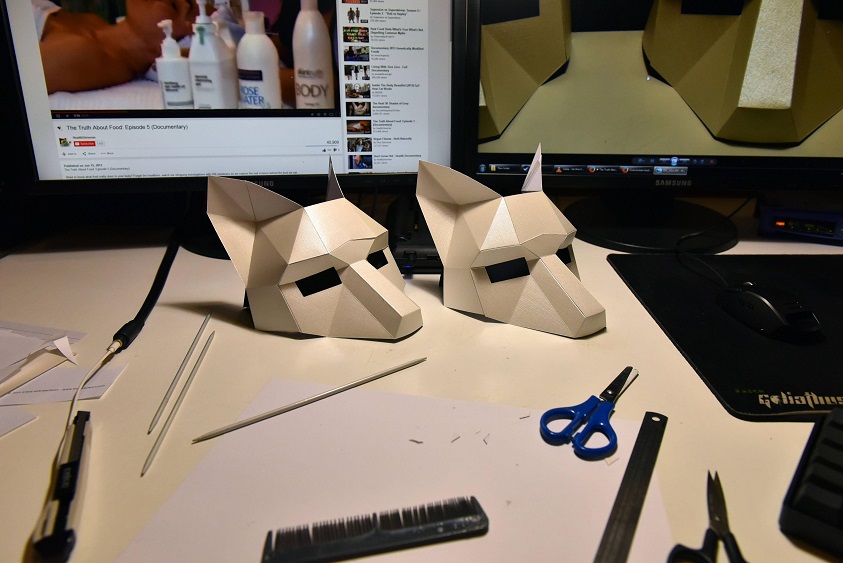
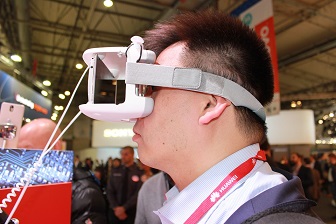

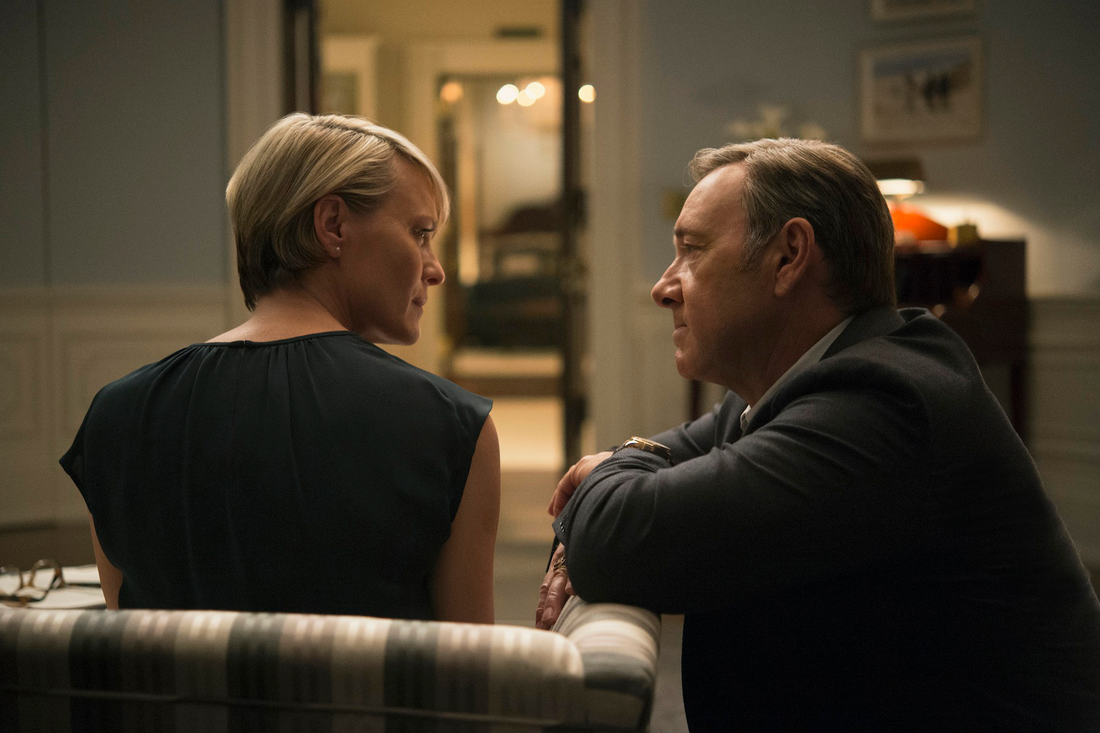
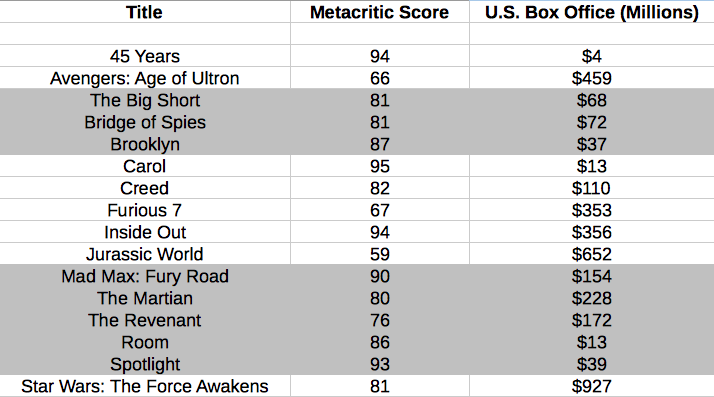
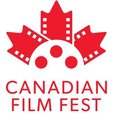
 RSS Feed
RSS Feed